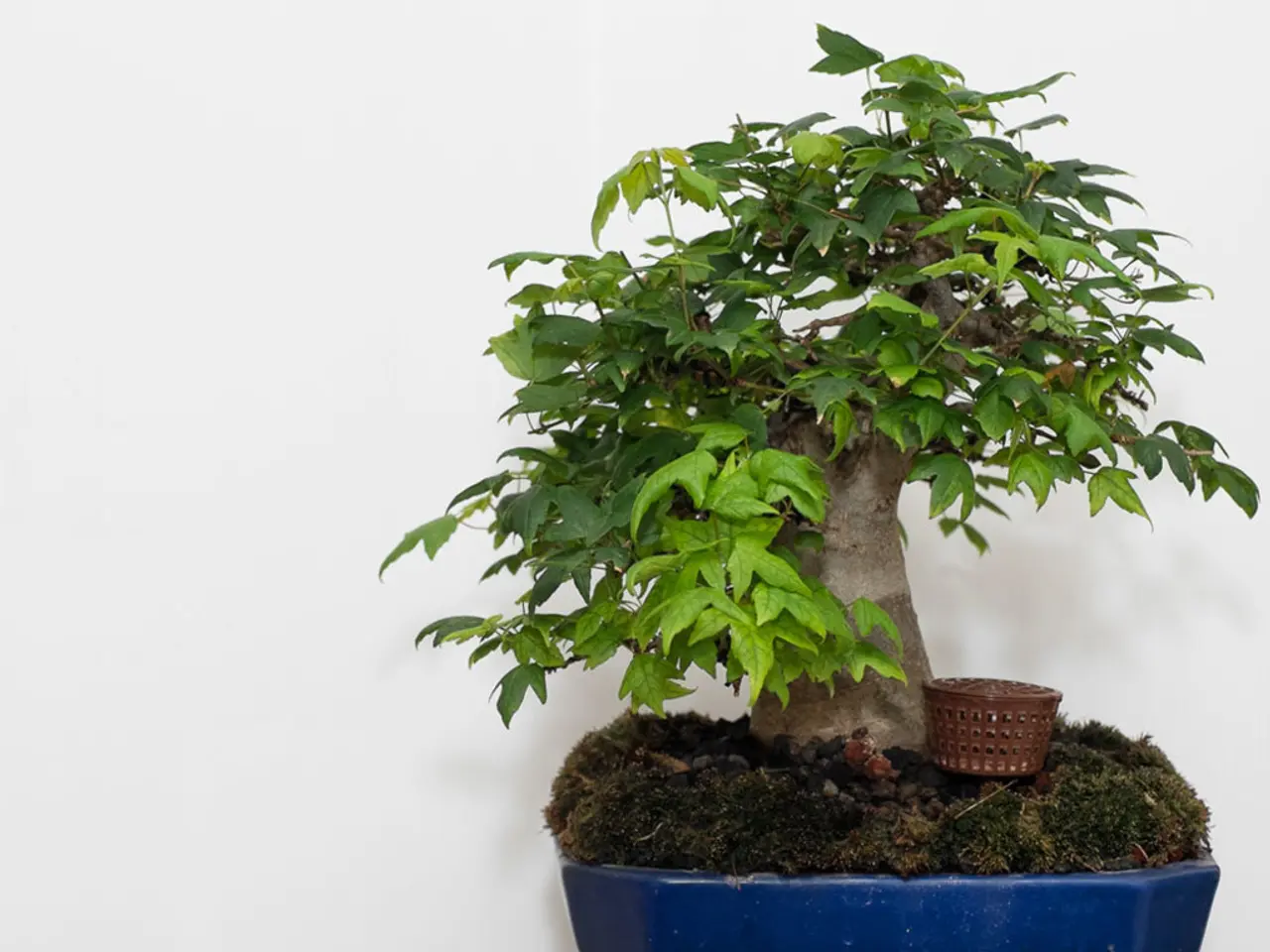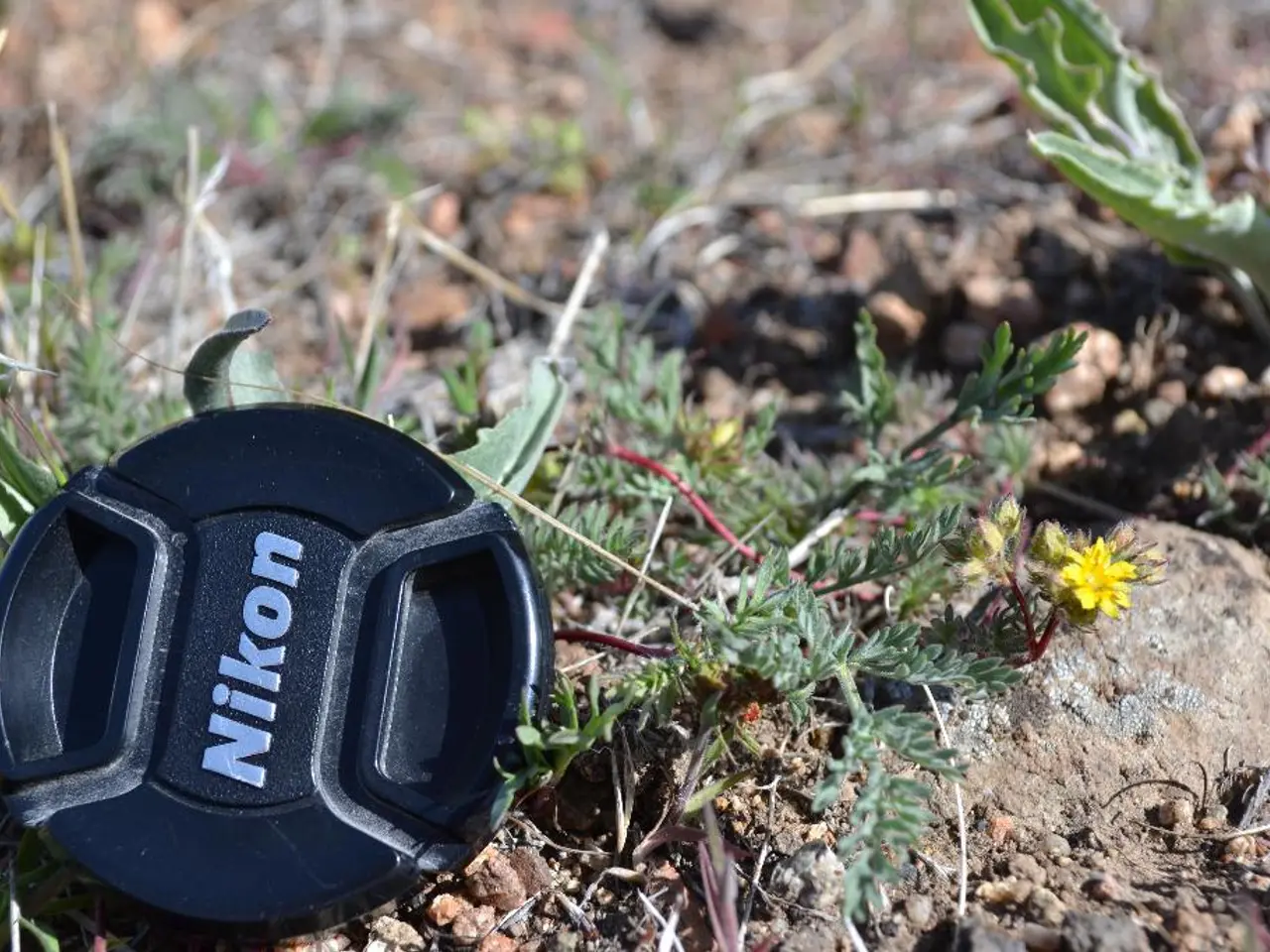Signs of Rooting in Bonsai Cuttings and Post-Grafting Care
In the captivating world of bonsai, the journey of a cutting from a mere twig to a self-sustaining tree is a fascinating spectacle. Here's a step-by-step guide on the key signs that indicate your bonsai cutting is thriving.
Firstly, keep in mind that the ideal timing for fertilizer application is during periods of active growth. This ensures optimal nutrient absorption for healthy root development, lush foliage, and sturdy branch growth.
A balanced nutrient formula is essential for newly rooted bonsai cuttings. A formula that includes Nitrogen (N) for leaf growth and development, Phosphorus (P) for root establishment and flower production, Potassium (K) for overall plant health and resistance to disease, and micronutrients like iron, zinc, and boron, will nourish your bonsai effectively.
Now, let's delve into the signs of new growth. The emergence of new buds and shoots above ground is a clear indication that your cutting is actively growing. These buds develop into twigs and branches, maintaining the miniature aesthetic of bonsai.
Simultaneously, below the surface, roots are forming. In bonsai cuttings like Trident Maple, roots start to form relatively quickly, and these roots often develop into a strong nebari (surface root spread), which is essential for bonsai styling. Evidence of root establishment may be seen as swelling or thickening near the base, indicating successful root development.
Other signs of new growth include the development of smaller, more numerous leaves and the formation of tender leaves and bud swelling. These changes signal a significant shift towards self-sustenance.
The bonsai's stem also starts to thicken, indicating the development of a robust vascular system, while early leaf development marks a pivotal milestone in the metamorphosis to independent growth.
It's crucial to remember that proper watering for young bonsai involves daily soil checks, thorough watering, and prevention of waterlogging and fungal diseases. Avoid getting water on the leaves or trunk to prevent fungal diseases.
The ideal environment for bonsai cuttings includes bright, indirect light and humidity levels of 40-60%. Misting frequency for bonsai cuttings depends on environmental humidity and temperature.
Lastly, monitor the tree's response to watering, adjusting your strategy as needed based on the tree's unique needs and environmental conditions. A firming soil, slow water absorption, and a thickening stem are marks of root development.
In summary, new leaf buds and shoots above ground combined with root formation and nebari development below ground are key signs that a bonsai cutting is successfully growing and rooting. With patience and care, you'll soon witness the transformation of your bonsai cutting into a vibrant, thriving tree.
A thriving bonsai cutting not only shows new buds and shoots above ground, but also develops strong roots underneath, forming a substantial nebari and evidencing as swelling or thickening near the base. To help this progression, a well-balanced nutrient formula, including Nitrogen for leaf growth, Phosphorus for root establishment, Potassium for overall health, and micronutrients, is essential to support healthy growth in the home-and-garden setting, contributing to an improved lifestyle through gardening.




